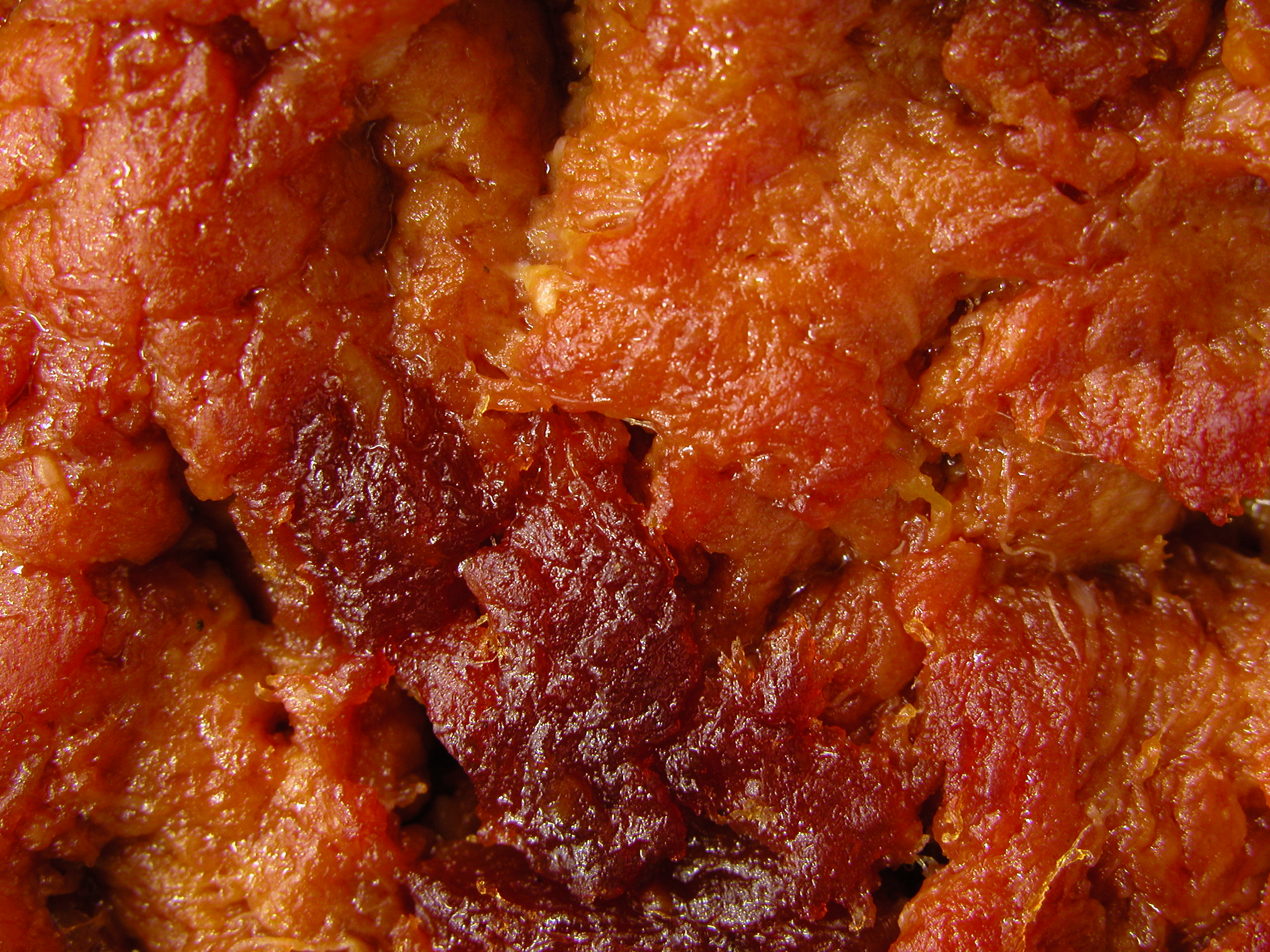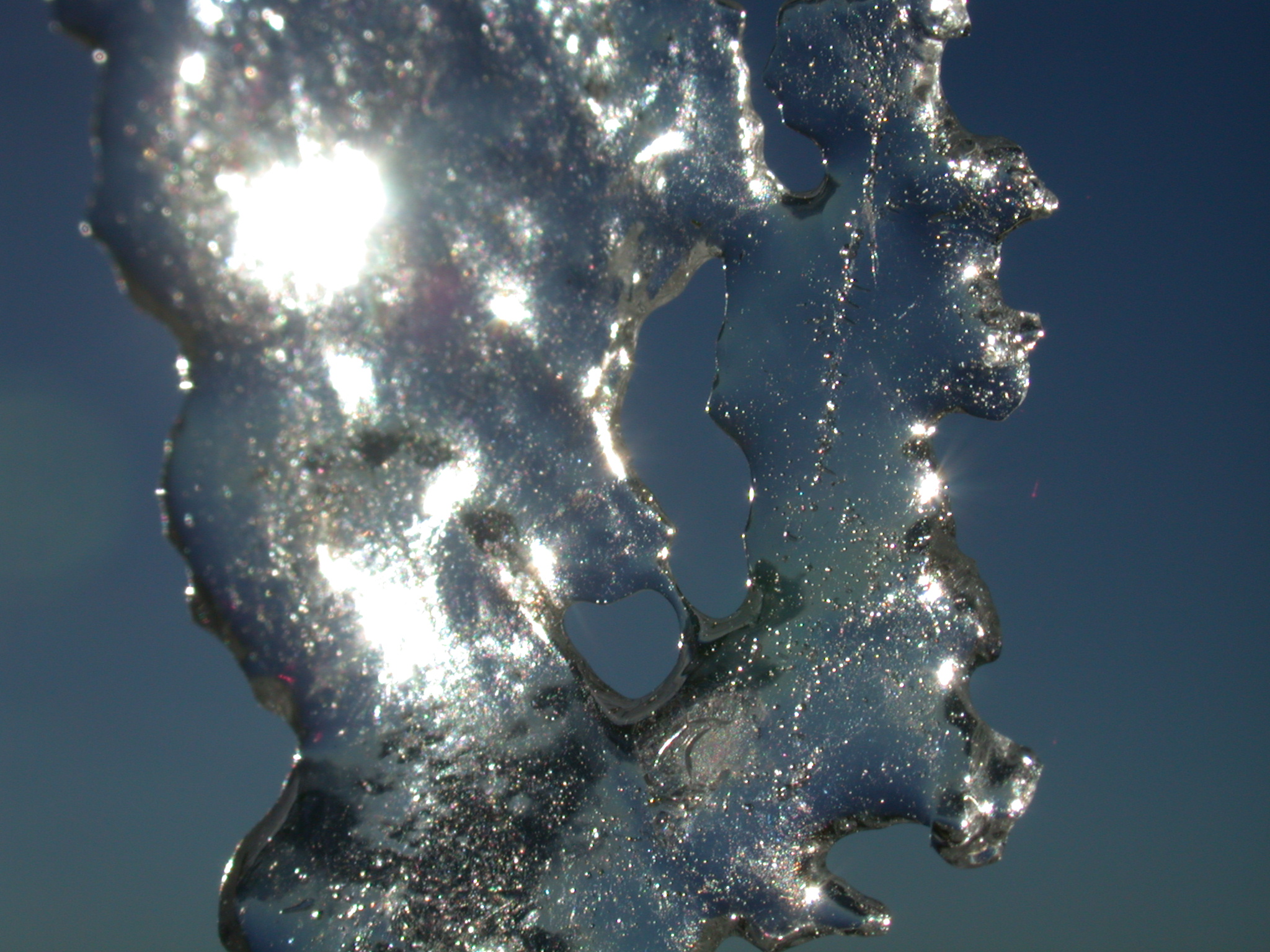
The Role Of White Pepper In Egg Drop Soup: Spice Without Heat
The Versatility of White Pepper in Egg Drop Soup
Aromatic Enhancements:
The Versatility of White Pepper in Egg Drop Soup
White pepper adds a distinctive depth of flavor to egg drop soup with out overpowering the fragile style of the eggs.
Aromatic Enhancements
- Subtle Warmth: White pepper supplies a gentle warmth with out the intense heat of black pepper, permitting the other flavors of the soup to shine by way of.
- Floral Notes: White pepper imparts a refined floral aroma, adding a fragile complexity to the soup.
- Freshness: When freshly floor, white pepper releases a brilliant, peppery aroma that enlivens the soup’s flavors.
- Citrusy Undertones: The white pepper’s fragrant profile includes hints of citrus, adding a delicate zest to the soup.
Balancing the Flavors:
White pepper adds complexity without overpowering the subtle flavors of egg drop soup.
Its floral and barely pungent notes complement the delicate egg and broth, creating a harmonious stability.
Unlike black pepper, white pepper lacks the extraordinary heat, permitting the other components to shine through.
The white pepper’s delicate spiciness provides depth and warmth, enhancing the overall taste profile.

Its versatility allows it to be used in numerous phases of soup preparation, from seasoning the broth to adding a last contact earlier than serving.
Whether used sparingly or generously, white pepper elevates egg drop soup, transforming it from a easy dish to a culinary delight.
The Science Behind the Spice
Piperine’s Absence:
Piperine, the alkaloid that provides black peppercorns their characteristic heat, is absent in white pepper as a outcome of the outer layer of the peppercorn, which accommodates the piperine, is eliminated earlier than the peppercorns are dried.
The absence of piperine not solely offers white pepper its milder flavor but in addition makes it a more versatile spice. White pepper can be utilized in both sweet and savory dishes, whereas black pepper is better fitted to dishes that can deal with its heat.
In egg drop soup, white pepper provides a refined peppery flavor without overpowering the fragile flavors of the soup. The soup’s clear broth, made with rooster or vegetable stock, is the right canvas for the white pepper’s delicate warmth.
The eggs in the soup are cooked by dropping them into the boiling broth, and they create skinny, wispy strands that float within the soup. The white pepper’s delicate warmth enhances the eggy flavor of the soup with out making it too spicy.
White pepper is also a popular ingredient in Chinese five-spice powder, which is used to taste quite lots of dishes, together with pork, hen, and beef. The other spices within the powder, corresponding to star anise, cloves, and cinnamon, provide a heat, aromatic flavor that’s balanced by the white pepper’s gentle heat.
Equally Flavorful Substitute:
The Science of the Spice: An Equally Flavorful Substitute
The Chemistry of White Pepper
- White pepper is made from the dried and ground mature berries of the Piper nigrum plant.
- Unlike black pepper, white pepper removes the outer pericarp (hulls) of the berries, resulting in a lighter colour and milder flavor.
- The major pungent compound in white pepper is piperine, an alkaloid responsible for its characteristic spicy taste.
Substitute for Black Pepper
White pepper can be utilized as an various alternative to black pepper for individuals who prefer a more refined warmth.
- White pepper has a more floral and citrusy flavor compared to black pepper’s earthy and slightly bitter notes.
- The milder heat of white pepper makes it a suitable alternative for dishes the place black pepper may overpower the other flavors.
- It pairs properly with delicate flavors, corresponding to seafood, poultry, and greens.
White Pepper in Egg Drop Soup
In egg drop soup, white pepper replaces black pepper as the traditional seasoning.
- The delicate heat and citrusy taste of white pepper complement the delicate flavors of the egg and broth.
- It provides a refined heat and spiciness without overwhelming the soup’s other ingredients.
- The result’s a harmonious and flavorful soup.
Culinary Creations
Modern Interpretations:
Culinary Creations, Modern Interpretations:
In the realm of culinary artistry, trendy interpretations of basic dishes have turn out to be an indicator of progressive delicacies. Chefs leverage contemporary methods and components to reimagine beloved flavors, creating dishes that each honor tradition and push culinary boundaries.
One putting instance of this culinary evolution is the reinvention of egg drop soup. This traditional Chinese dish has been transformed by way of using modern culinary methods, resulting in a symphony of textures and flavors.
Chefs have experimented with numerous strategies to raise the egg drop soup expertise. Molecular gastronomy has performed a major role, enabling cooks to create foams, gels, and spherifications that add a contact of caprice and intrigue to the dish. Sous vide and immersion circulators have allowed for exact temperature control, leading to custardy egg ribbons with an exceptionally clean and tender texture.
Culinary foams have turn out to be a preferred component in modern egg drop soup interpretations. Egg whites are whipped into a light and airy foam, which is then gently poured into the simmering broth. This creates a delicate, cloud-like texture that melts in the mouth, adding a playful and ethereal factor to the dish.
Molecular gastronomy has also paved the way for the creation of egg drop soup spheres. Using sodium alginate and calcium chloride, cooks can transform egg drop soup into bite-sized spheres that burst with flavor when bitten into. These spheres add a surprising textural component to the soup, elevating it to a really avant-garde dish.
Modern interpretations of egg drop soup have also embraced using novel elements. Chefs have experimented with infusing the broth with fragrant herbs, spices, and even unique fruits. Ginger, lemongrass, and kaffir lime have become popular additions, including depth and complexity to the flavour profile.
The traditional use of egg ribbons has also been reimagined in modern interpretations. Chefs have shaped egg ribbons into intricate shapes, corresponding to skinny noodles or delicate ribbons, including a visually interesting element to the dish. Some cooks have even created edible “egg flowers” by carefully shaping egg ribbons into intricate petals.
These trendy interpretations of egg drop soup demonstrate the boundless creativity and innovation that outline up to date delicacies. Chefs proceed to push the boundaries of culinary traditions, remodeling beloved dishes into works of art that tantalize the style buds and captivate the creativeness.
Traditional Variations:
Culinary Creations, Traditional Variations
The Role of White Pepper in Egg Drop Soup: Spice Without Heat
Egg Drop Soup: A Time-Honored Tradition
egg drop soup recipe drop soup, a traditional dish in Chinese delicacies, has graced eating tables for hundreds of years. Its name aptly describes its preparation: whisked eggs are gently poured into a simmering broth, creating delicate egg ribbons that float throughout the soup.
The Essence of White Pepper: A Subtle Nuance
In the realm of egg drop soup, white pepper performs a vital function. Unlike its black counterpart, white pepper boasts a extra delicate flavor and lacks the pungent warmth associated with black pepper. This subtlety allows it to reinforce the soup’s taste without overpowering its delicate balance.
Culinary Alchemy: Balancing Flavors
White pepper serves as a harmonious complement to the other ingredients in egg drop soup. Its peppery notes add a delicate heat that balances the richness of the broth and the savory umami of the eggs. The result’s a soup that’s both comforting and invigorating, with a taste that lingers on the palate.
Variations Across Regions: A Tapestry of Traditions
While egg drop soup remains a staple dish across China, regional variations have emerged, every with its unique nuances. In Cantonese cuisine, for instance, the soup is often garnished with chopped scallions and sesame oil, lending a fresh and aromatic touch. In the Sichuan province, a hint of chili oil provides a subtle spiciness, reworking the soup into a tantalizing blend of flavors.
Culinary Innovation: Modern Interpretations
In the ever-evolving culinary panorama, egg drop soup has also found its place in trendy interpretations. Chefs experiment with completely different components to create modern variations, corresponding to including shredded rooster, tofu, or greens. These improvements showcase the versatility of egg drop soup while staying true to its traditional essence.
Conclusion: A Culinary Gem Across Time
The function of white pepper in egg drop soup is a testomony to the culinary magic that might be achieved through the wedding of delicate flavors. Its capacity to reinforce the soup’s taste with out overpowering it makes it an indispensable ingredient, contributing to the dish’s enduring attraction throughout cultures and generations.
Conclusion
Flavorful Enhancements:
Conclusion: Flavorful Enhancements
Beyond its ability to add a delicate depth of flavor with out overwhelming the palate, white pepper also offers a number of culinary advantages:
- Enhanced Appearance: Unlike black pepper, white pepper does not go away noticeable specks in the soup, resulting in a cleaner, more elegant presentation.
- Versatile Seasoning: White pepper’s delicate flavor makes it a versatile seasoning that pairs properly with a variety of elements, including greens, meats, and seafood, permitting for numerous culinary potentialities.
- Digestive Aid: Traditional Chinese medication considers white pepper to have digestive properties, aiding within the breakdown of fats and stimulating the appetite.
Versatile Substitute:
Conclusion: White pepper is a vital ingredient that takes egg drop soup from good to nice. It provides complexity and depth of flavor without overwhelming the fragile broth.
Versatile Substitute: White pepper is a versatile spice that can be utilized in a wide selection of dishes. Its subtle warmth and distinct flavor make it a perfect substitute for black pepper or different spices when further heat is not desired.
